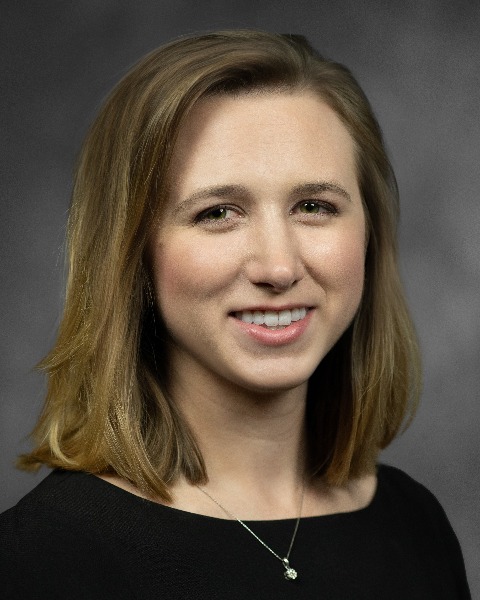Palliative Care
Session: Palliative Care Works in Progress
WIP 35 - Caregiver Decision-Making and Advice Regarding Tracheostomies in Preterm Infants with Severe Bronchopulmonary Dysplasia
Saturday, May 4, 2024
3:30 PM - 6:00 PM ET
Poster Number: WIP 35
Publication Number: WIP 35.1001
Publication Number: WIP 35.1001

Rachel M. Macak, MD (she/her/hers)
Pediatric Palliative Care Fellow
Cincinnati Children's Hospital Medical Center
Cincinnati, Ohio, United States
WIP Presenting Author(s)
Background: For infants with severe bronchopulmonary dysplasia (BPD), families often struggle with the decision of tracheostomy placement due to unclear long-term outcomes, impacts on quality of life, and associated financial and emotional burden. Alternative treatments include continued ventilation to hopefully wean off the ventilator, delaying tracheostomy to a later date, or withdrawal of life-sustaining care. With no clear best treatment option, shared decision making should be used to help each family make decisions concordant with their unique preferences and values. Current literature on tracheostomy decision-making focuses on adults and older children.
Objective: To identify potential avenues to improve tracheostomy decision-making for infants with severe BPD by exploring caregiver experiences, informational needs of families, and influential sources of information.
Design/Methods: In this convergent mixed-methods study, caregivers of children with severe BPD participated in semi-structured interviews and surveys about their decision-making process. Inclusion criteria: English- or Spanish-speaking adult caregiver ≥6 months from decision. Interviews covered resources/information, provider involvement, emotional well-being, and advice to other caregivers. Surveys collected sociodemographics and validated survey measures: Decisional Conflict Scale (16-item, scale 0 to 100, higher score indicates increased conflict), Chew Health Literacy Scale (3-item, scale 0 to 12, higher score indicates lower health literacy), and Burden Scale for Family Caregivers- short version (10-item, scale 0 to 30, higher score indicates increased burden). Two independent coders are analyzing each interview transcript using grounded theory and will conduct subgroup analyses based on survey measures. Themes will be derived inductively through serial coding reviews and meetings with the larger study team.
